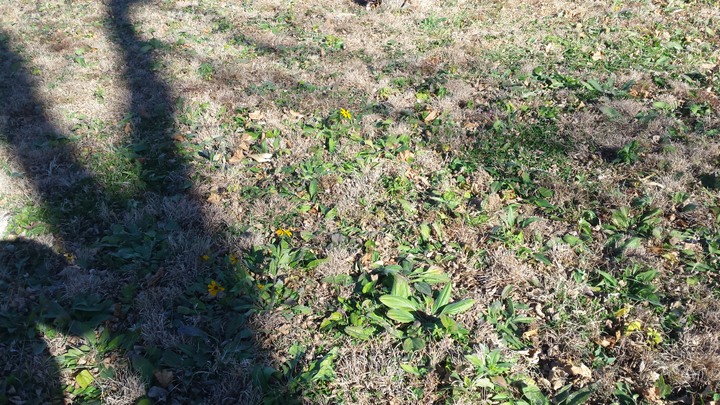UGUIDE
Active member
In conjunction with DOW rep on fall milestone applications for thistle I made the first test plot application. We were waiting for hard frost (2 nights at 25 degrees) and then warm up during day for application.
Thistles look green and receptive and hope the 15 species of natives are mostly dormant. Have a good stand right next to it that has established very well to compare tolerance to next year and see how the stands differ.
One benefit of fall spraying is it can make nice walking lanes in CRP whom the old farts can benefit from. This is from tractor tires. Does knock down your cover though relatively speaking.
I plan to migrate all my large field spraying to fall instead of during spring nesting season. I will still most likely need to spray for thistle in spring in tree belts, firebreaks and other smaller areas as needed.
the rate recommended was 5oz/acre. I went with 40PSI to insure spray got down into cover. Also used NIS (non ionic surfactant).
Thistles look green and receptive and hope the 15 species of natives are mostly dormant. Have a good stand right next to it that has established very well to compare tolerance to next year and see how the stands differ.
One benefit of fall spraying is it can make nice walking lanes in CRP whom the old farts can benefit from. This is from tractor tires. Does knock down your cover though relatively speaking.
I plan to migrate all my large field spraying to fall instead of during spring nesting season. I will still most likely need to spray for thistle in spring in tree belts, firebreaks and other smaller areas as needed.
the rate recommended was 5oz/acre. I went with 40PSI to insure spray got down into cover. Also used NIS (non ionic surfactant).

